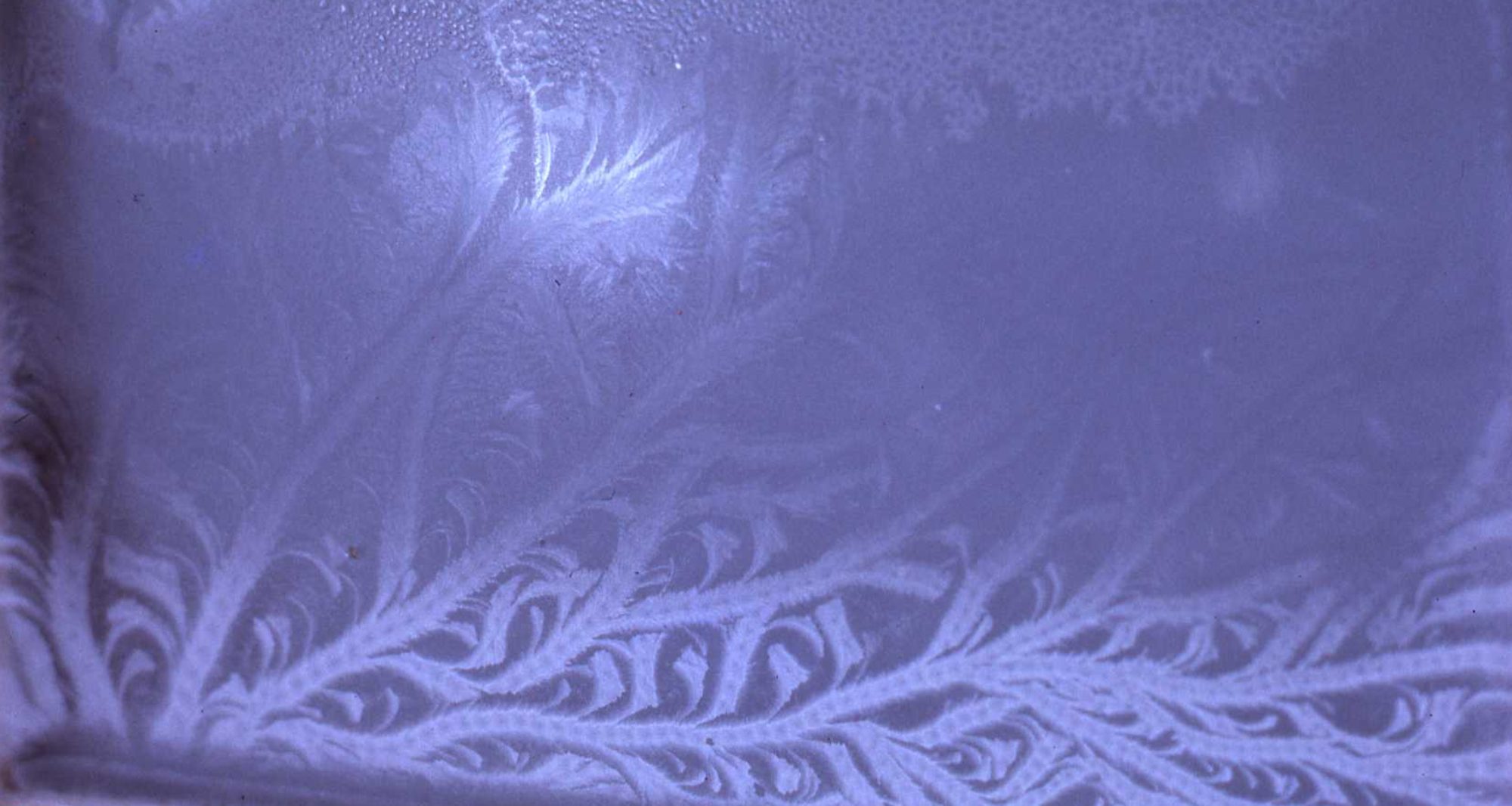A Second Year (continued)
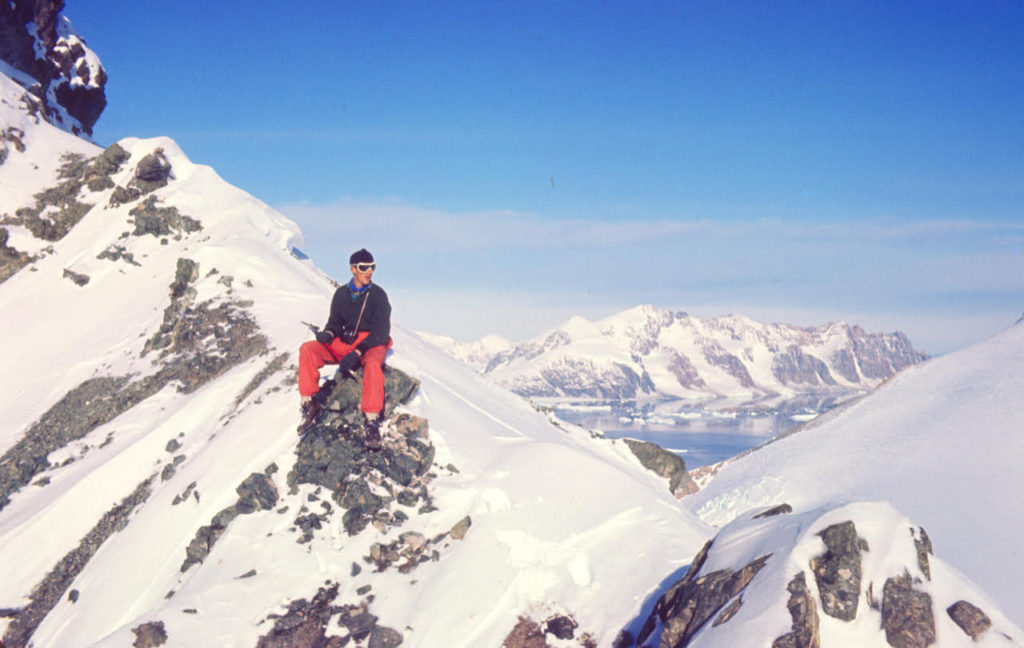
In late May, there was the first of the usual run of winter storms which blew all the new sea ice away in two days of howling blizzard. What I didn’t know was that two of the men still at Stonington were out on a short local sledge journey and were caught out by the storm in a bad place under the edge of the mountains near Stonington. They and all their dogs failed to return by their deadline. We kept a radio watch for them but nothing was heard and a search party went out from Stonington. Days later their bodies were found and recovered. What a tragic disaster.
After that storm, a spell of easier weather gave us a skin of sea ice to sledge on, and by early June, “Nobbly John” and I were able to sledge back to Stonington as planned and rejoin the sadly depleted group for a traditional though muted midwinter celebration; basically an all-in party with some extra food and drink though the possibilities in those directions were distinctly limited.

(Photo: Dave Matthews)
Although John, our radio operator, was no longer with us, we received most if not all the telegrams and congratulations that fly around the world on that special day; more of a party than Christmas really. Two or three of us were able to work the radio up to a certain standard, but our skill with morse code was not the best and we would sometimes have to get the professional operators in the Falkland Islands to slow down a bit, or else we could record the traffic on a reel-to-reel tape recorder and then play it back at half speed. There was always the regular monthly radio traffic to deal with. Each man being rationed anyway to 100 words per month to send home and 200 words to receive from relatives in UK

There was also the regular weekly programme broadcast in winter by the BBC, but that came through as normal speech thanks to the powerful transmitters in UK. Even so, reception could be terrible at times and personal messages broadcast by our families could be very garbled.
Once the middle of winter was past and the days began to lengthen, thoughts could begin to develop into travel plans with an end to all the chores of life on base. Cooking, feeding about 100 dogs with frozen seal meat every other day, collecting ice for the water tanks, both the latter involving the use of some dogs who otherwise got bored stiff living out in their snow drifts near the hut except for those bitches producing replacements!
Cooking, cleaning and working up photos and field notes were necessary chores not to mention stoking the coal stoves which were the only means of heating the hut, and servicing the small diesel generator which provided barely enough power for a short part of the day for lighting and for the radio transmitter. No such luxury as 24 hour power or electric space heating; the hut was kept warm with coal-burning stoves and a large pile of sacks of coal stored outside made a good nest for any puppies loose around the base. We had a small photographic dark room built around the kitchen chimney where it was warm enough to process colour film – sometimes. If it was stormy outside, the kitchen stove would be almost red hot. There was usually a need to build a new sledge from parts shipped in from a yacht-manufacturing workshop in the UK. They were the traditional Nansen design and amazingly strong when made properly, capable of carrying half a ton or more, yet only made from wood, rawhide and some metal for the bridges.
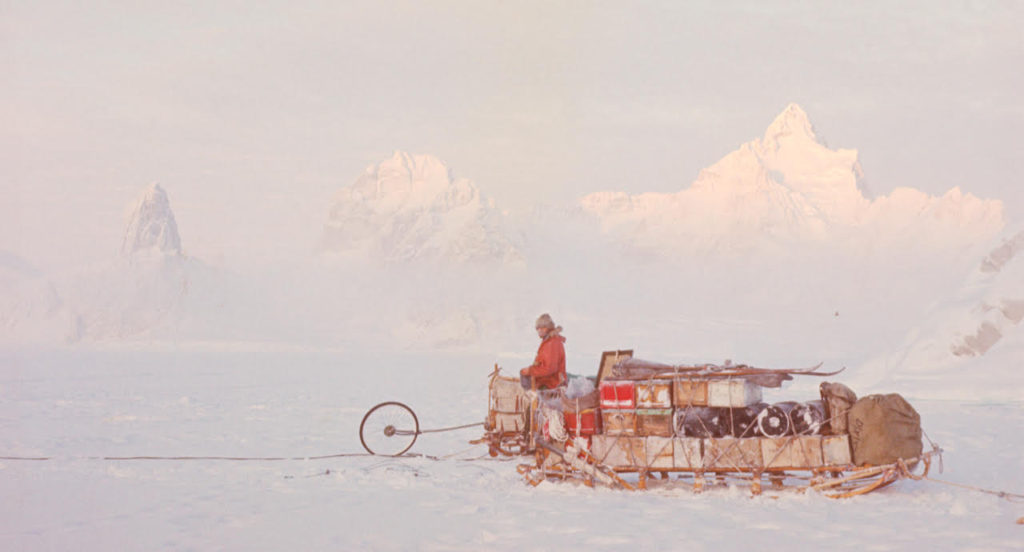
Our early spring season started off with a communal depot laying trip in August, with five dog teams and sledges going south to the Wordie Ice Shelf ready for the new season’s survey work by the teams due to work there. Putting in these depots was always a cold hard slog at the best of times and this trip was no exception. Cold, dark, and hard work, the sole aim being to be able to dump as large a depot as possible for the summer work teams as far south as possible, keeping the bare minimum for the run empty back to base.

(Photo: Dave Matthews)
Much of the route lay on sea ice which normally gave us a smooth run on good surfaces, but not this year; areas of rough broken ice alternating with large areas of deep soft snow; not good running for the dogs. This trip lasted a full month [[?use captions here]], but by September we were once more re-established at the Horseshoe hut and normal survey routine could be started again. This meant travelling around the furthest reaches of northern Marguerite Bay, surely one of the most beautiful areas of the Antarctic Peninsula as the wildlife of penguins and seals began to return for the summer.
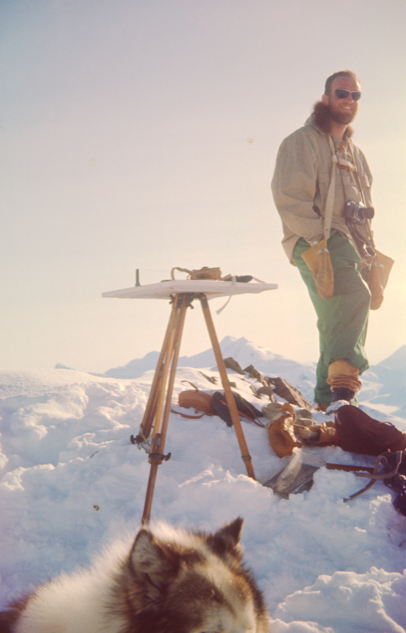
The rest of our season mercifully passed uneventfully, working with Ken Doyle and John Noble and filling in gaps in the map around Square Bay and relatively safe from storm winds. A way of getting back to base at the end of the spring was always at the back of our minds. There were possible overland lines of retreat which didn’t involve long sea ice sections, probably the best of them from the corner of Square Bay past Mount Wilcox, but these routes were unknown and beyond our limited capabilities, so a careful watch on the sea ice around Camp Point and Lagotellerie Island was an integral part of our daily planning, camping sometimes on a patch of level ground and sometimes on the sea ice itself; not easy to get any restful sleep knowing that we might be blown adrift as an ice floe if the wind picked up.

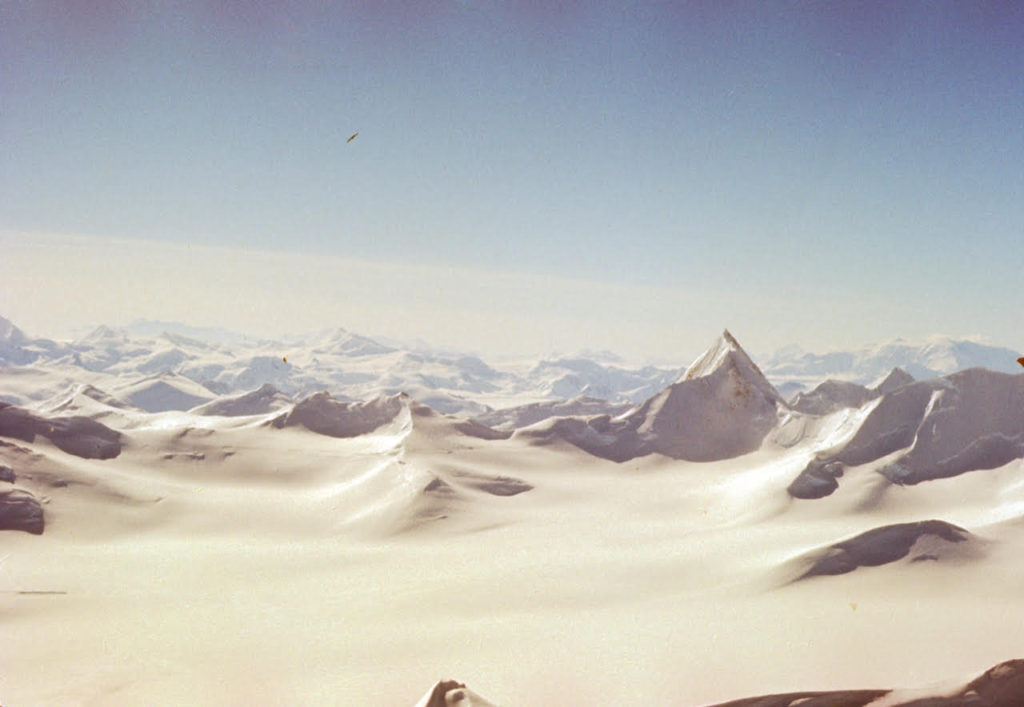
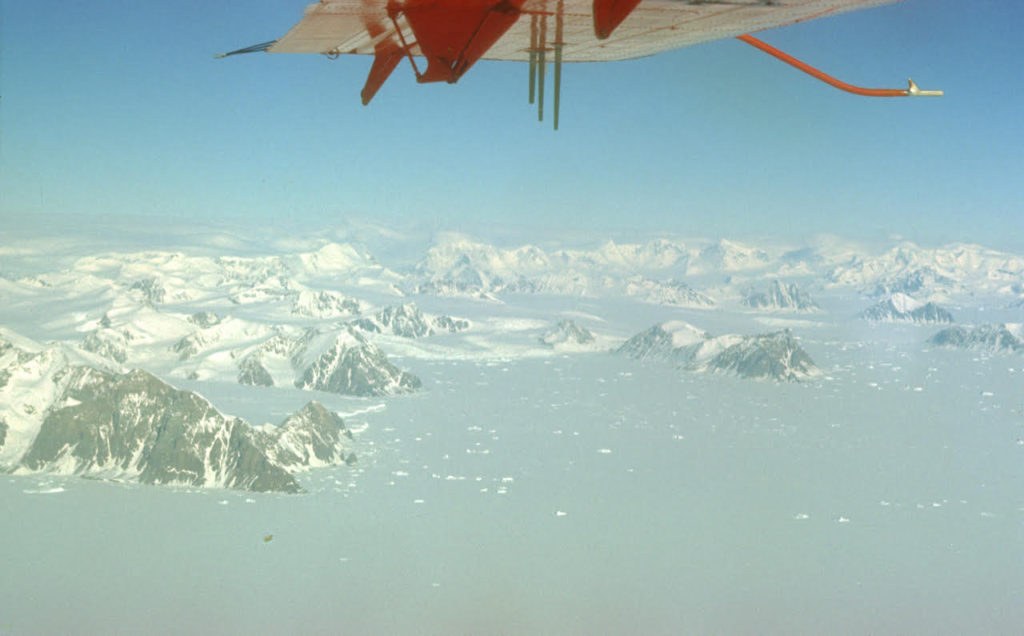
Eventually it was time to hi-tail it around Camp Point and back to Stonington and safety.
This left a few short journeys to be done directly from Stonington on terra firma. Summer sledging in beautiful and not too demanding country and a flight in the old Otter aircraft which helped to fill in a few gaps in the primitive field mapping techniques, taking photos through a glass panel in the floor to the fuselage.
My time was up. After two years in which we had not seen a female human being or driven a car, it was time to face the prospect of our return to civilisation with all the unknowns that that involved.
Dave Matthews, Geologist – Stonington 1965 & 1966
